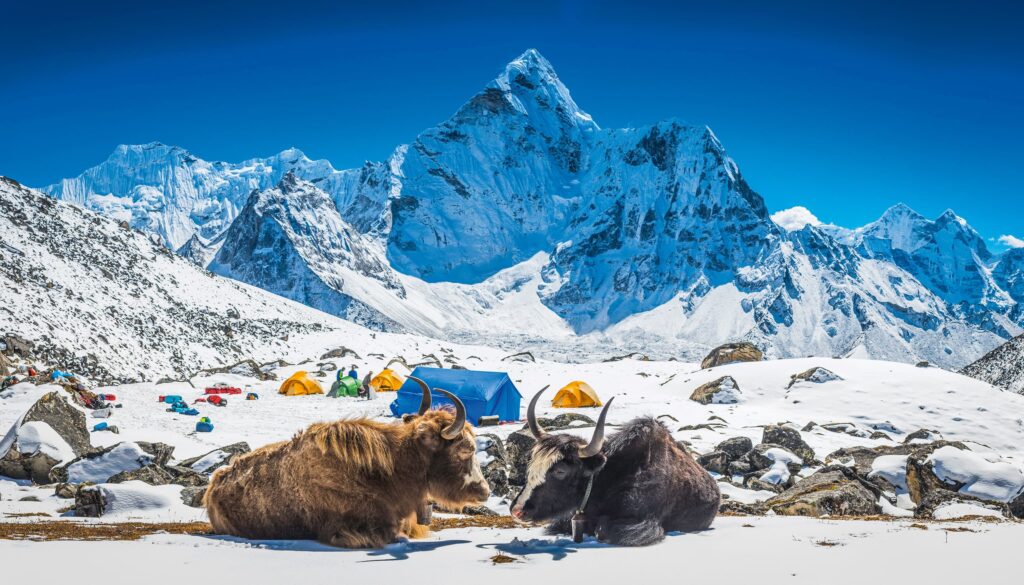
For decades, Nepal and Bhutan stood as India’s trusted buffer states—geographical and diplomatic cushions between New Delhi and an ambitious China. But today, that shield is cracking. Chinese interference in both nations is growing rapidly, reshaping borders, politics, and power dynamics in the Himalayas, and India can no longer afford to look away.
Nepal: The Shifting Lines of Sovereignty
Once a strong ally of India, Nepal has increasingly tilted toward China, with Beijing investing billions in infrastructure, trade, and political influence. Projects under the Belt and Road Initiative (BRI) have made the Chinese presence visible even in Nepal’s remote border regions.
More troubling, satellite images and field reports suggest incremental encroachments by China in Nepal’s Humla district and other high-altitude zones, often going unnoticed due to limited access and terrain.
At the same time, Nepal’s political narrative is shifting. Anti-India sentiment has grown in recent years, driven by a combination of domestic politics and subtle Chinese diplomacy. The result: India’s once “natural partner” is now playing the balancing act between two superpowers, with China gaining the upper hand.
Bhutan: The Silent Pressure Cooker
Unlike Nepal, Bhutan has long resisted Chinese overtures, maintaining a cautious and closely guarded friendship with India. But that wall of resistance is being tested.
China has proposed border swaps, engaged in multiple rounds of talks, and even constructed infrastructure in disputed zones like the Doklam Plateau, the same region that triggered the 2017 India-China military standoff.
Now, for the first time, Bhutan appears to be considering formal diplomatic relations with China. The move could dilute India’s strategic depth in the eastern Himalayas. If Bhutan caves, it would mark the end of India’s last uncontested buffer zone.
Why It Matters for India
The erosion of these buffer states doesn’t just redraw maps—it reshapes the region’s power balance. Without Nepal and Bhutan’s unflinching loyalty, India faces direct and multi-pronged pressure from China along its Himalayan frontier.
Strategic depth is shrinking.
Intelligence and defense gaps are widening.
Influence is being outspent and outmaneuvered.
What Can Be Done?
India must recalibrate—fast. This includes:
Revitalizing ties with Nepal through people-centric projects, youth engagement, and political diplomacy
Strengthening Bhutanese partnerships with more defense cooperation and economic support
Countering Chinese narratives with transparency, investment, and long-term strategic planning
India’s neighborhood can no longer be taken for granted. The Himalayas are not just natural barriers—they are geopolitical battlegrounds.
Final Thought: A Buffer No More?
The Himalayan buffer that once cushioned India from China is fracturing under the weight of modern geopolitics. Nepal and Bhutan, caught in a high-altitude tug of war, are no longer passive spectators—they are active chess pieces in a growing power contest.
India must act not out of fear, but out of foresight.Because when the buffer collapses, the border comes home.
